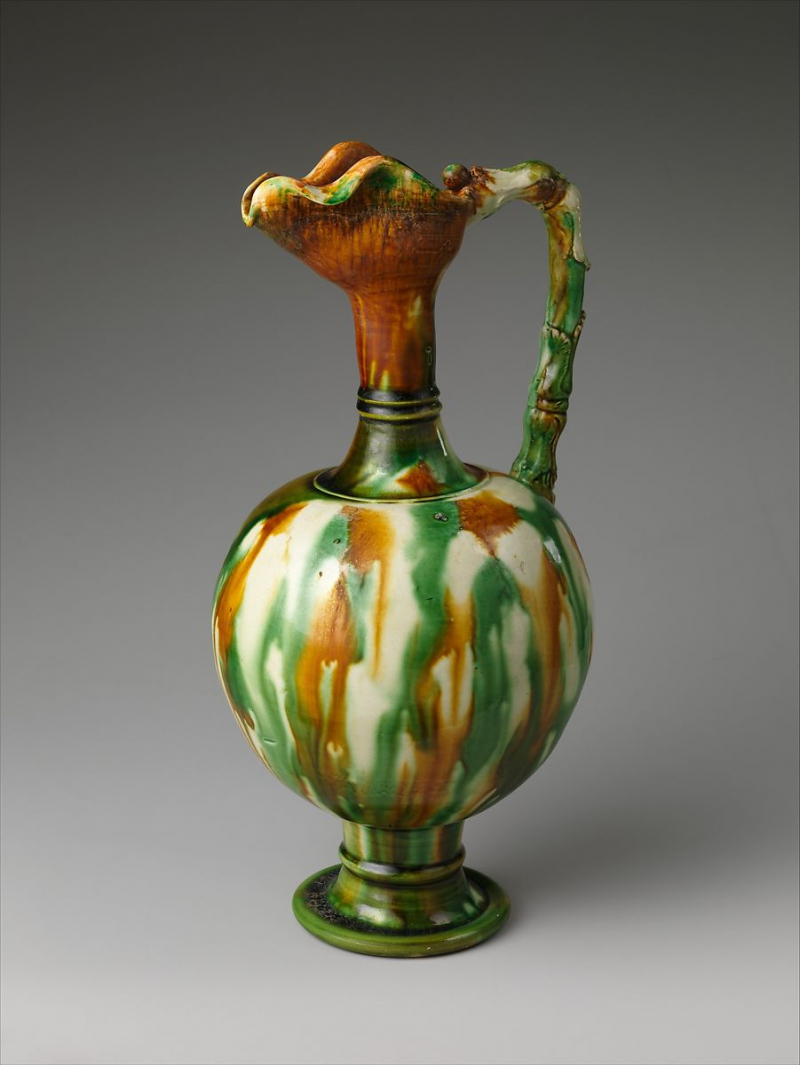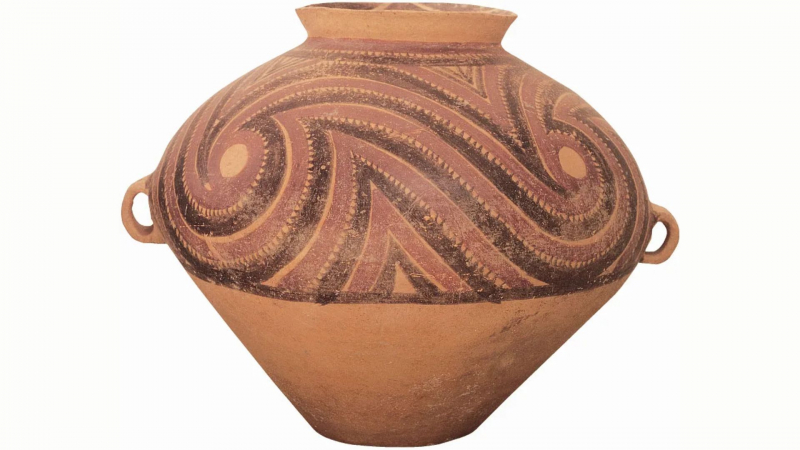Pottery
The Chinese were pottery and ceramics masters. They made everything from hefty and useful earthenware storage jars to finely designed porcelain bowls, vases to garden seats, and teapots to pillows. They created the first glaze goods, the first green celadons, and the first cobalt blue underglaze wares. During the Han period, early advancements in techniques and kilns resulted in both greater firing temperatures and the first glazed pottery. Pottery, particularly jars painted with a grey slip prevalent in Han tombs, frequently copied the shape and design of bronze vessels, which would be an aim of many potters in following centuries. Small unglazed clay models of typical homes were created and placed in tombs to accompany the deceased and, presumably, symbolically fulfill their longing for a new dwelling. Many of these models come with a nearby animal pen and figurines of the people and animals that live there.
The technical mastery of Tang potters was higher than that of any of their forebears. Blues, greens, yellows, and brown were among the new color glazes that were invented during this time and were made from cobalt, the iron, and copper. Additionally, colors were blended to create the three-colored goods for which the Tang era is renowned. Tang pottery occasionally had lavish inlays of gold and silver. Even more well-known ceramics with their distinctive and frequently imitated blue-on-white decoration, which itself had taken design cues from previous Chinese paintings, would be created throughout the Yuan (1271-1368) and Ming (1368-1644) dynasties.











